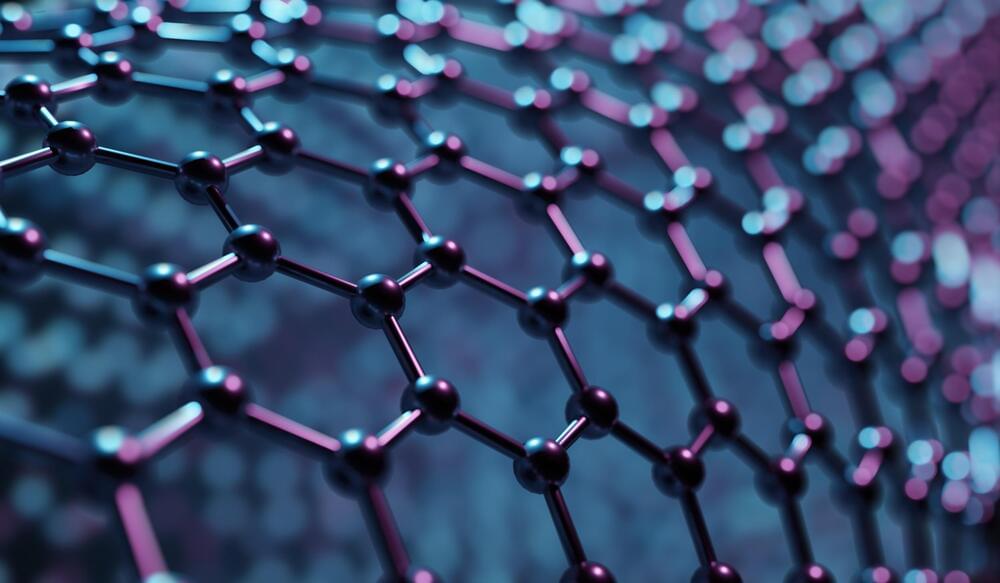New research reveals the potential link between memory formation and elemental interactions in the mind.



The archaeological landscape is rarely static. Discoveries continuously shift our understanding of the past, forcing us to redraw the boundaries of what we thought was possible or likely. A recent find on ancient woodworkings at Kalambo Falls, Zambia, is a prime example – it introduces us to early hominin builders with unexpected skills, operating long before the rise of Homo sapiens.
The unique conditions at Kalambo Falls were instrumental in the extraordinary preservation of ancient woodworking artifacts.
The site’s lush vegetation, sustained by a reliable water source, provided the necessities of life, making it a consistently appealing location for various hominin species across vast stretches of time. This long-term occupation increased the likelihood of artifacts being left behind.
Borophene is already thinner and more conductive than graphene, and scientists have altered it to make it even more special.


Google DeepMind’s groundbreaking new AI predicts not only the structure of proteins, ligands, DNA, RNA and “all of life’s molecules,” but how they’ll interact. It promises a radical, revolutionary acceleration in many fields of science.
US defence giant Northrop Grumman has tested an underwater drone that looks like a monster manta ray. The drone is capable of carrying multiple payloads of various sizes, and the machine is autonomous and war-ready.
#us #defence #drone.
About Channel:
WION The World is One News examines global issues with in-depth analysis. We provide much more than the news of the day. Our aim is to empower people to explore their world. With our Global headquarters in New Delhi, we bring you news on the hour, by the hour. We deliver information that is not biased. We are journalists who are neutral to the core and non-partisan when it comes to world politics. People are tired of biased reportage and we stand for a globalized united world. So for us, the World is truly One.
Please keep discussions on this channel clean and respectful and refrain from using racist or sexist slurs and personal insults.
Check out our website: http://www.wionews.com.
Disruptive innovations in technology, such as humanoid robots and electric vehicles, will lead to significant changes in labor, economy, and society, posing both opportunities and challenges for the future Questions to inspire discussion What are the predictions about the future of electric vehicles? —Tony Seba and hi.
Questions to inspire discussion.
What is the potential impact of humanoid robots on human labor?
—Humanoid robots are on the verge of disrupting human labor across various industries, leading to a new era of material superabundance and prosperity within the next 10 to 20 years.
